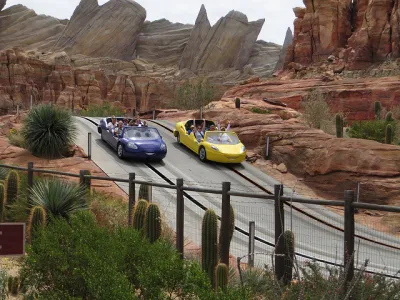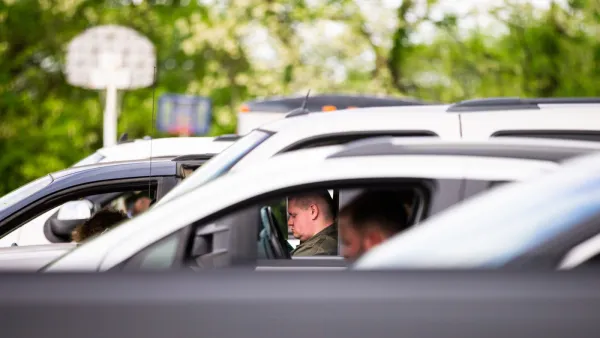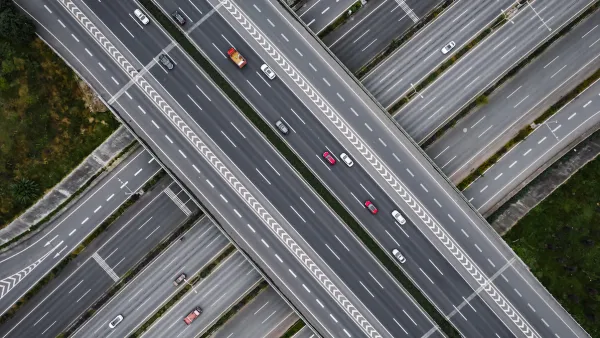While endeavoring to make an honest account of the motivations for driving, it's important to remember that some people really like to drive.

There's an omnipresent Audi commercial where the protagonist "David," obviously living in the future, waxes nostalgic with an A.I. named "Clara" about how driving used to be, before self-driving cars. "Driving wasn't just about being taken from place to place, but going somewhere—feeling something along the way."
Perhaps what David is talking about is the "Joy of Driving," which is far more prevalent a driver of, um, driving than might always be represented in the public discussion about transportation.
Jenna Fortunati, writing for Mobility Lab, has gathered a collection of research on the subject, noting first that researchers acknowledge three motives for driving: instrumental, affective, and symbolic. Fortunati explains the work of a team of researchers at the University of Groningen, who surveyed car commuters in Rotterdam about their motivations for driving—along the lines of the three kinds of motivations mentioned above.
“People more often commute by car when they judge its symbolic and affective functions more favorably,” Steg writes. “Even commuter traffic, which may be considered highly functional, is most strongly-related to non-instrumental motives.”
Other researchers have found similar evidence of driving for the joy in driving. Another study describes the feeling of "carcooning," or turning your car into a relaxation zone.
Fortunati makes no secret that Mobility Lab's interest in understanding these motivations is to provide alternatives to driving, writing: "So how can transit agencies compete? I’m not sure. But understanding this is important, because if we don’t understand why people might like to drive, we can’t reduce the amount of cars on the road – and create a transportation network that is sustainable and works for everyone, not just drivers."
And to make sure the lesson about the joy of driving sticks, here's another paean to cars and driving for the road, from the move Rush (2013).
FULL STORY: How much does the “joy of driving” affect people’s decision to drive?

Analysis: Cybertruck Fatality Rate Far Exceeds That of Ford Pinto
The Tesla Cybertruck was recalled seven times last year.

National Parks Layoffs Will Cause Communities to Lose Billions
Thousands of essential park workers were laid off this week, just before the busy spring break season.

Retro-silient?: America’s First “Eco-burb,” The Woodlands Turns 50
A master-planned community north of Houston offers lessons on green infrastructure and resilient design, but falls short of its founder’s lofty affordability and walkability goals.

Test News Post 1
This is a summary

Analysis: Cybertruck Fatality Rate Far Exceeds That of Ford Pinto
The Tesla Cybertruck was recalled seven times last year.

Test News Headline 46
Test for the image on the front page.
Urban Design for Planners 1: Software Tools
This six-course series explores essential urban design concepts using open source software and equips planners with the tools they need to participate fully in the urban design process.
Planning for Universal Design
Learn the tools for implementing Universal Design in planning regulations.
EMC Planning Group, Inc.
Planetizen
Planetizen
Mpact (formerly Rail~Volution)
Great Falls Development Authority, Inc.
HUDs Office of Policy Development and Research
NYU Wagner Graduate School of Public Service




























